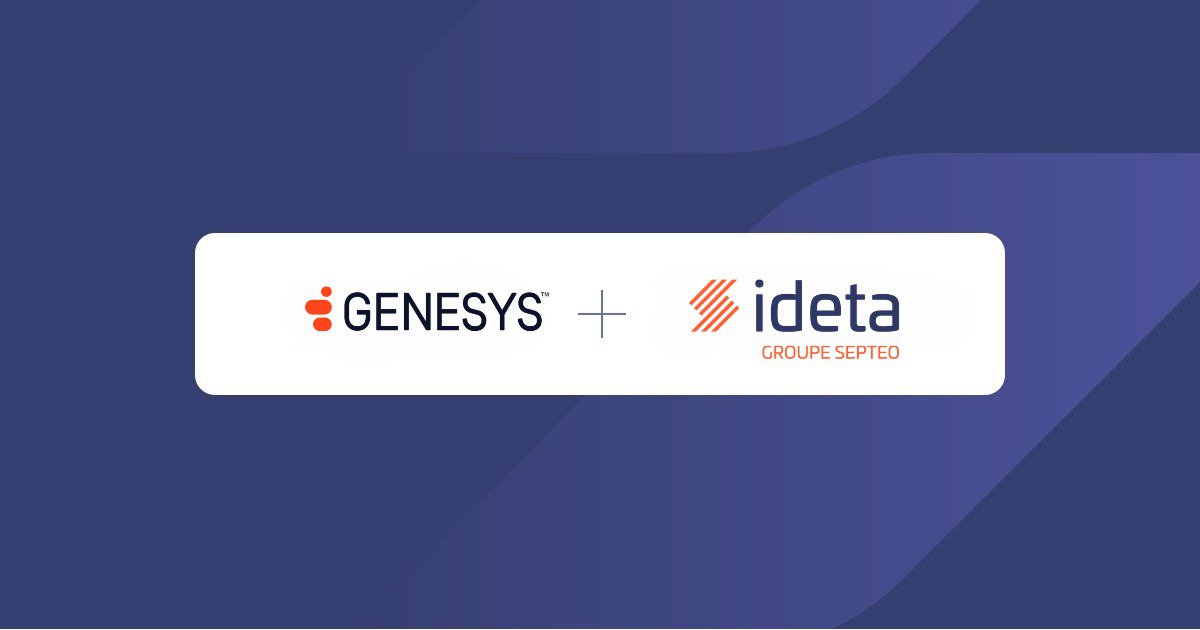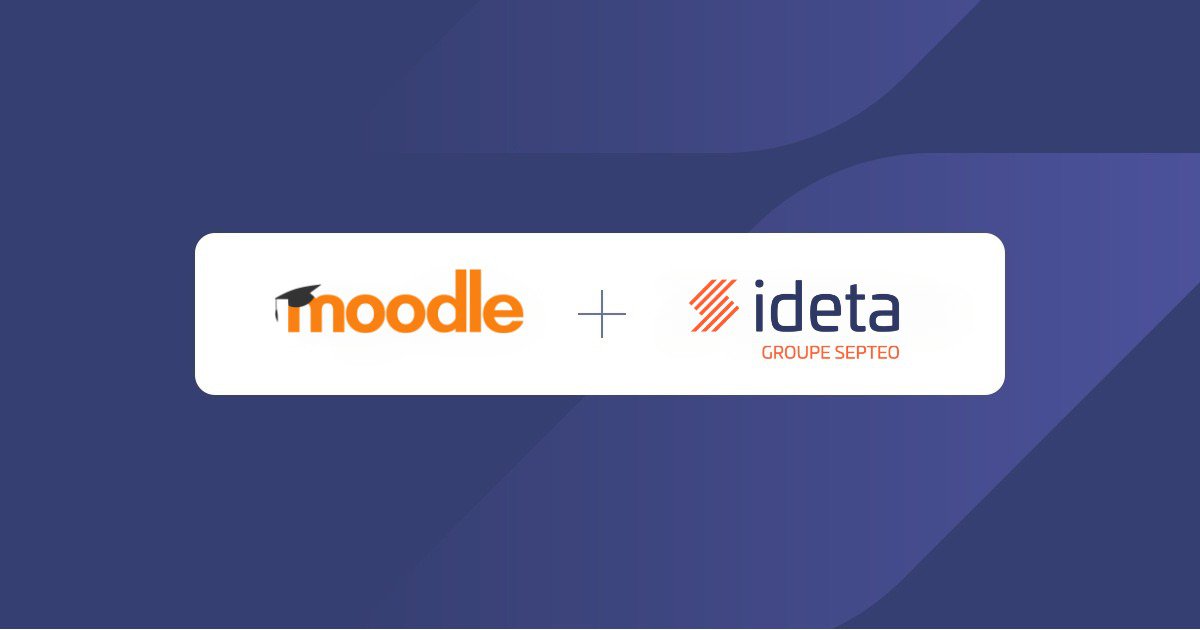How to Automate Customer Onboarding
What’s a Rich Text element?
The rich text element allows you to create and format headings, paragraphs, blockquotes, images, and video all in one place instead of having to add and format them individually. Just double-click and easily create content.
Static and dynamic content editing
A rich text element can be used with static or dynamic content. For static content, just drop it into any page and begin editing. For dynamic content, add a rich text field to any collection and then connect a rich text element to that field in the settings panel. Voila!
How to customize formatting for each rich text
Headings, paragraphs, blockquotes, figures, images, and figure captions can all be styled after a class is added to the rich text element using the "When inside of" nested selector system.
A sound customer relationship begins with great customer onboarding. Everyone knows that the kind of first impression your business makes on new customers goes a long way in determining your long-term interaction with them. If their experience during the onboarding process isn’t a positive one, you’re leaving a lot of room for them to change their mind about doing business with you.
Good customer onboarding is more than just sending a welcome email to your customers. It is all about building an ongoing relationship with them right from the onset. Good customer onboarding encompasses everything you do to familiarize your new customers with your brand, product, or service. It also involves helping them to master the basics of using your product and providing support to help them get started.
The tricky part of customer onboarding is finding the balance between giving them all the information they need to get started while also making the process as simple as possible. Fortunately, there are digital marketing tools that make it easier to automate these processes. In this guide, we provide a comprehensive overview of the customer onboarding process and how automation can help ease the process.
Why is it important to pay attention to customer onboarding?
An efficient customer onboarding process can help you win your customers over right from the onset of your interaction with them. If you make a good enough impression, you can nurture them into lifelong advocates of your brand. They will not only make more purchases but will also refer others and leave good reviews. This is why you must pay attention to customer onboarding.
Landing a new client is important. But it’ll not have much impact if you mess up the onboarding process. Here’s where you get to set expectations about your services. Customer onboarding also helps you gather all the information you need to facilitate your ongoing relationship with your customers and coordinate your marketing efforts.
If you set a high standard from the beginning and you’re able to stick with it, you are well on your way to establishing a solid relationship with your clients. It also increases your chances of upselling your services or cross-selling in the future.
Automating customer onboarding
The onboarding process must be both thorough and straightforward. Finding this balance can be difficult work if you try to implement it manually. Also, since onboarding is just one aspect of your ongoing relationship with your customers, setting things on autopilot as much as possible will help ease a lot of pressure as you concentrate on other aspects of marketing.
This is where customer onboarding automation comes in. It makes it possible to automate the time-consuming aspects of onboarding so that this vital stage of your relationship runs efficiently.
Given the right automation tools, you can deliver the best customer service experience from the get-go. Automating your customer onboarding process is the most efficient way to take new customers from the moment of account creation till they get a full understanding of the product and services you offer.
Layout your onboarding process
The first and perhaps most critical question to ask when designing your onboarding process is to determine your onboarding goal. An efficient onboarding process must have a clearly defined workflow. But this will be impossible if your onboarding goal isn’t clear.
To determine the goal of your onboarding process, ask yourself what you aim to achieve by the time a new customer is fully onboarded. The answer to this will vary from one business to the other. It could be that you want them to be able to use your software, complete a service contract or get access to a specific product feature.
Whatever it is, your onboarding workflow will be designed based on the set goal. Once you have established the goal, you can gradually work towards establishing the specific steps that customers will have to take from the start to finish of the process.
Segment your customer
Your customers have different preferences and interests. This will play an important role in how you plan their onboarding journey because they most likely are interested in different types of content. If you segment them into different categories, you can set up your onboarding strategy to suit their specific needs.
As you will discover, personalizing their onboarding journey this way is more likely to spike their interest than a generic approach.
If your business serves two or three classes of customers, you need to create separate segments for them and send resources that have been custom-made for each group. You can segment customers based on their unique characteristics or based on their interest in onboarding content.
For instance, if you provide a software product that serves the needs of both tech-savvy and non-tech-savvy users, your onboarding resources must be suited for each of these categories of users. This means your onboarding process must collect information that allows you to segment customers effectively and deliver onboarding resources that are best suited for them. Automation can make each of these steps easier to implement simultaneously.
See what can be automated or not
After creating your customer onboarding workflow, you need to determine which aspect of the workflow needs to be automated. The first step would be to review your existing workflow and identify potential weaknesses in the system. These areas where there are obstacles and bottlenecks are the perfect candidate for automation. Some of the Important areas to look out for in improving your onboarding experience include:
- Timing: areas that are taking too long
- Simplicity: asking too much from the customer
- Clarity: lacking in clear trajectory or purpose.
Based on these identified factors, some of the areas where you can introduce automation to your workflow include:
- Automating forms to get information from leads
- Automatically add leads to your CRM
- Automating contracts and proposals
- Automating guides, documentation, and product explainers
- Automated quotes and invoices
Seek out tools to help
Once you have identified the different aspects of your customer onboarding process that you wish to automate, the next step would be to find the tools that make this possible. There are different marketing automation tools aimed specifically at automating customer onboarding. Some of the common options to consider include:
Ideta
Ideta is a no-code tool that you can use to create chatbots and voice bots. Unlike regular FAQ bots, Ideta lets you create AI-Powered chatbots capable of processing conversations intelligently and providing answers to queries in a manner that is as close to human as possible thanks to natural language processing and machine learning.
Ideta can be used to build bots that will be very helpful for managing the customer onboarding process. Basically, these bots allow you to be there for your clients and customers during the onboarding stage of your interaction with them. This chatbot strategy can also be used to collect information, answer queries and guide new users through the process of getting started with your product or service.

Userguiding
Userguiding is an onboarding software that you can use to create interactive resources that help guide new users or customers through the process of using your product or service.
This includes everything from product tours to checklists and walkthroughs. You can also use this software to create interactive help and resource centers for new customers while also coordinating surveys and analyses to get feedback from users.
All of these automated resources are fully customizable to the specific needs of your organization. The result is an increase in user session durations and general improvement in NPS survey response rates.

Email automation
You can further energize your user onboarding process when you combine email communication with the power of automation. More than 4 billion people all over the world currently use emails, according to Statista. This makes it such an important channel for onboarding new users. It is an effective and non-invasive tool that can be used to kick-start valuable customer interactions.
Using email for customer onboarding has gone beyond just sending an automated welcome message to new users. It can be used to deliver valuable onboarding resources and show new users the perks of doing business with you. Email automation can also be used to send promotional messages that can help convert new users into loyal customers.
Creating an effective email automation strategy involves a combination of the right content and the right email sequence. Your email content should give new users a clear picture of what to expect in the onboarding process and guide them through it. At the same time, these messages have to be perfectly timed to achieve the best results
Track your results
Most companies don’t extend their onboarding process beyond the first few days of getting a new customer. But landing a new user is never enough. You need to track your result and follow up on the onboarding process to ensure that it is achieving desired results. Onboarding automation can be helpful for the new customer beyond their first few days of interacting with your business.
One way you can track the results of your onboarding process is to send surveys to new users after specific milestones. This will help you refine your onboarding process, identify any issues with your methods and make adjustments accordingly.
Conclusion
As you can see from this guide, there’s a lot involved in customer onboarding automation. For businesses that have not been leveraging automation enough, you may find all of these a bit complicated.
The good news is that you don’t have to automate everything about your customer onboarding process at once. Once you review your entire process and establish a goal for your automation efforts, you can begin to identify areas where automation will be most valuable. Then you can gradually modify different aspects of your onboarding process by leveraging tools like Ideta, email automation software, and Userguiding for more productive results.



%403x.png)





